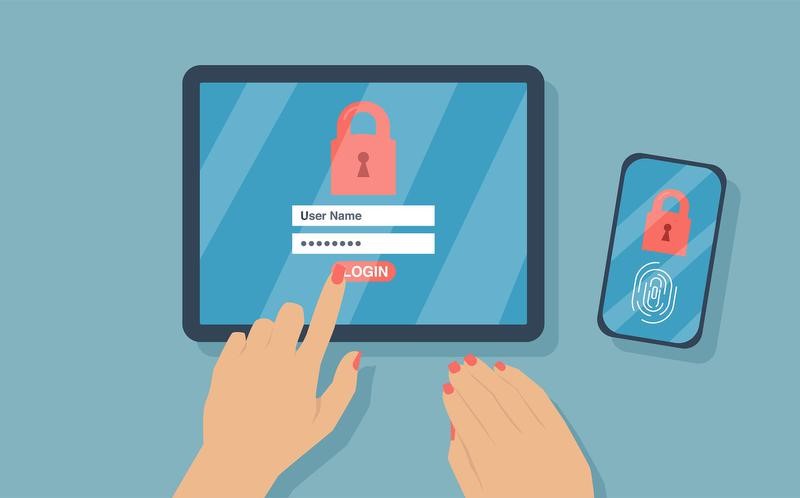Free Courses Sale ends Soon, Get It Now


Free Courses Sale ends Soon, Get It Now



Disclaimer: Copyright infringement not intended.
Context
Details
Types of PII:
Protecting PII is crucial due to the following reasons:
Risks Associated with PII Exposure:
Recent events where personally identifiable information (PII) was compromised include:
Protection Measures for PII:
Conclusion
The protection of personally identifiable information is paramount in the digital age, given the prevalence of cyber threats and the potential consequences of PII exposure. By implementing robust security measures, raising awareness about cybersecurity best practices, and fostering a culture of data protection, individuals and organizations can mitigate risks and safeguard sensitive personal data from exploitation.
|
PRACTICE QUESTION Q. Examine the challenges posed by the proliferation of personally identifiable information (PII) in the digital age and its implications for individual privacy, cybersecurity, and governance. (250 Words) |
© 2024 iasgyan. All right reserved